Features:
1.Comes with nylon material. This dog harness can provide your dog a sense of comfort
2.The nylon handle and the metal strap dot around the neck and the back can help you feel under control better when your dog is excited to go outdoors
3.Under the dog vest sits the breathable mesh, adding a touch of comfort. Let your dog get rid of the uncomfortable feelings when she/he is running in the sun
3.Under the harness covers the mesh to help your pet breathe well even when she/he is in the sun
4.The soft padding wraps your pet’s neck gently and comfortably. So she/he will feel comfortable
5.The adjustable buckled strap can match the figure of your girl/boy when she/he wears this pet harness
6.It is time to go outdoors. With this pet vest on, your girl/boy looks more formal and handsome when she/he is exploring something in the woods
Specifications:
Material:Nylon
Size:S,M,L
Color:Black,Green,Gray
Theme:Tactical, Sports, Military, Working, Training
Target Audience:Dog
Features:Adjustable,Easy to Use,Breathable
Package content:
1 x Dog Harness Vest
1 x Leash
1 x Bag
Notice
The color might be slightly different from the real one due to different computer display, and if you find any problems with this item please contact me first to see if any solutions can be done before your feedback.If you have question, please email us.

On 10-Jul-2024 at 09:28:48 EDT, seller added the following information:






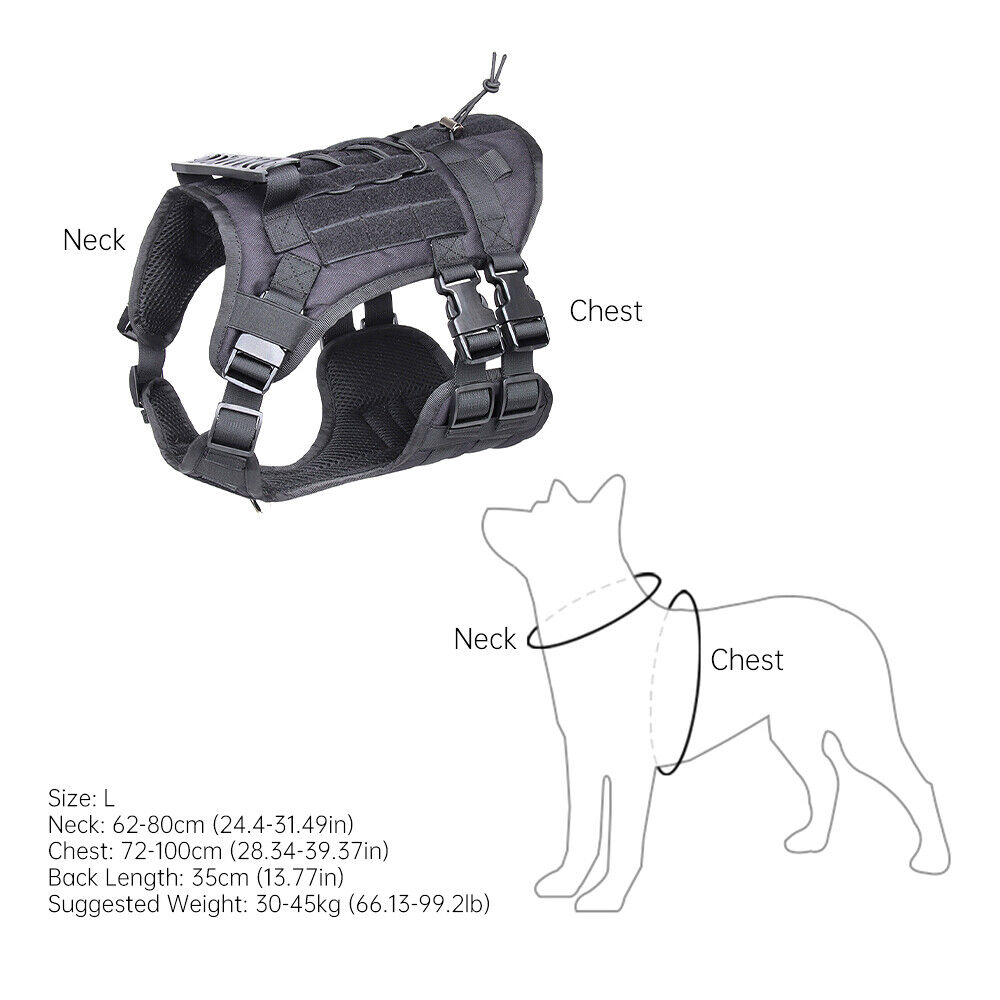

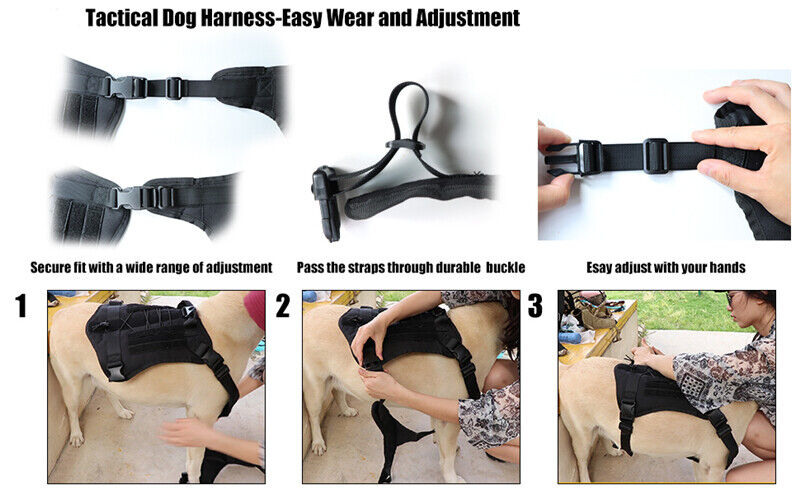



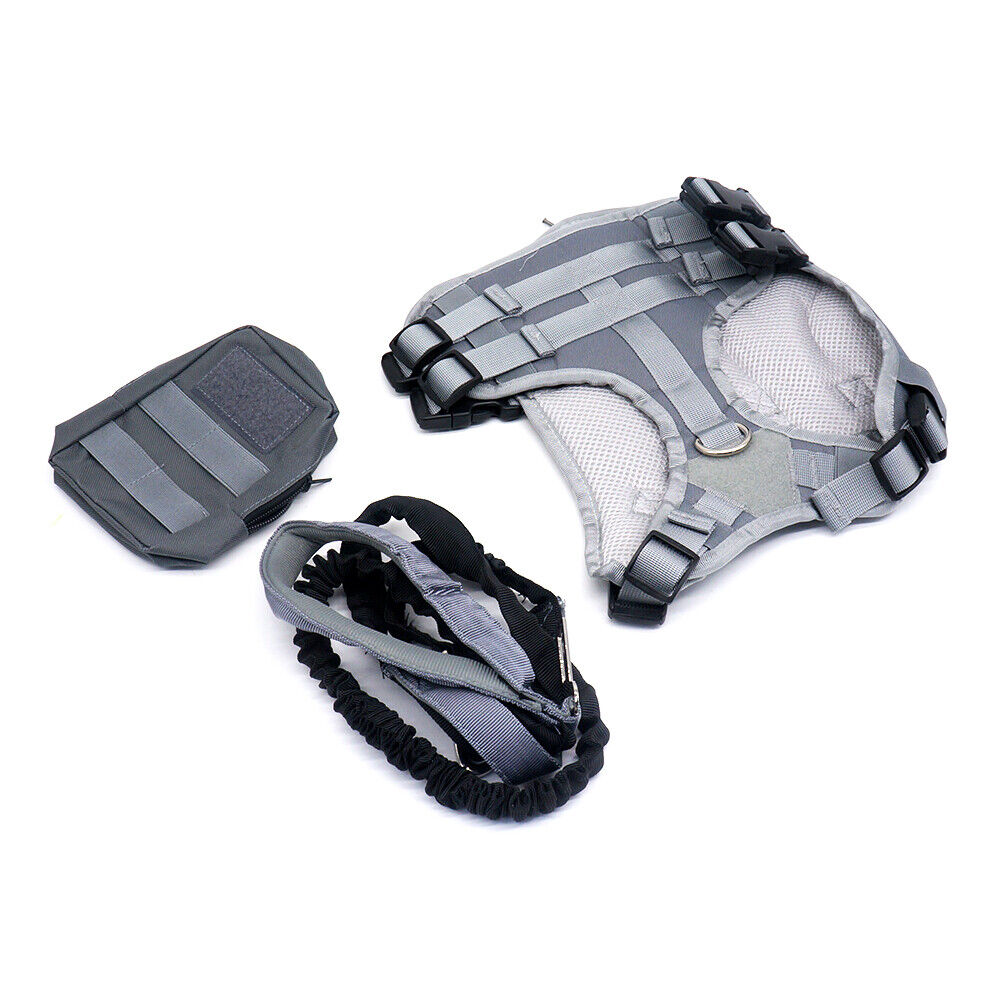


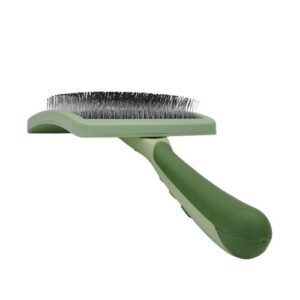
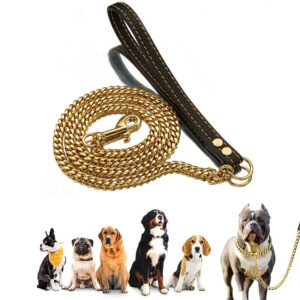
Reviews
There are no reviews yet.